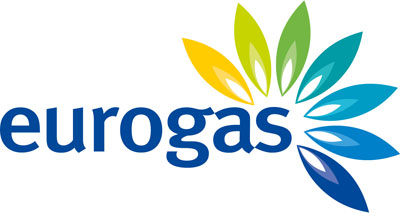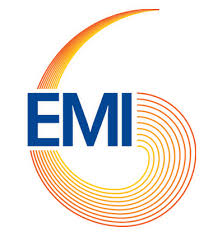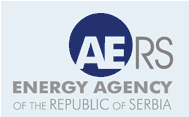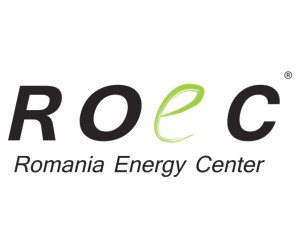Following the Russian-Turkish
"reconciliation” after the downing of a Russian SU-24 military aircraft by
a Turkish military jet on the border between Turkey and Syria, Moscow is now
seeking to revive the Turkish Stream gas pipeline.
This became apparent during
bilateral meetings between the Greek Prime Minister Alexis Tsipras and the
Russian Deputy Prime Minister Arkady Dvorkovich as well as between the Greek Minister
of Environment and Energy Panagiotis Skourletis and his Russian counterpart
Alexander Novak. The meetings took place on September 10 in Thessaloniki,
during the 81st International HELEXPO (Hellenic Exposition), where Russia was
the guest of honor, as 2016 is the Year of Greek-Russian Friendship.
The two sides reaffirmed that
the project should go ahead, and that there would be joint consortia
established with the participation of the Greek national gas company DEPA, a
pre-condition the Greek side had put forth when Turkish Stream was first
discussed in 2015. A month later, on October 10, in Istanbul, at the sidelines
of the 23rd World Energy Council, a bilateral agreement was signed between
Russia and Turkey on the rapid implementation of Turkish Stream.
It is to be noted that while Russian-Turkish relations were frozen, the officials responsible for bilateral energy relations and joint projects were careful not to close the communication channels regarding two major projects: Turkish Stream and Akkuyu nuclear power plant.
Analysis
In December 2014, Russian Gazprom and Turkish Petroleum Pipeline Corporation (BOTAS) signed a memorandum of understanding on the construction of Turkish Stream. The pipeline will follow 660 km of the old South Stream corridor through the Black Sea, and then strike out in a new direction for 250 km towards the European part of Turkey. In the initial stage the pipeline will carry 15.75 bcm per year of Russian gas to Turkey for its domestic energy needs. In the second stage, the capacity will double, transporting greater volumes of natural gas through Turkey to south-eastern Europe and Italy.
The recent bilateral document
between Russia and Turkey signed on October 2016 in Istanbul provides for the
construction of two strings from Russia to Turkey across the Black Sea, as well
as an onshore string for gas transit to Turkey’s borders.
"The Agreement has been prepared in an unprecedentedly short period of time, which shows the strong commitment of both sides to deliver the project as soon as possible. This is entirely understandable because the Turk Stream gas pipeline will substantially enhance the reliability of gas supply to Turkey, as well as southern and south-eastern Europe,” said Alexey Miller, Chairman of the Gazprom Management Committee.
In September 2016, Gazprom received permits for the project from the Turkish authorities, including the first construction permit for the offshore section and the survey permit for the two strings of the offshore gas pipeline in Turkey’s exclusive economic zone and territorial waters. Actual construction is due to start in 2018.
According to the construction plan, the pipeline will run across the Black Sea to Kiyikoy, west of Istanbul, and from there continue onto the Turkish-Greek border in Ipsala. There, Russia proposes to establish a hub to transport the natural gas north to Bulgaria and west to Greece.
There are currently two
variables under consideration: first, to supply Greece and Bulgaria through the
existing Interconnector Turkey-Greece (ITG), a small but valuable interconnector,
inaugurated on July 2005 at the bridge of Evros river, the natural river
frontier between Greece and Turkey. Currently the ITG is being used to its
full capacity, carrying only 0.6- 0.7 bcm/ year of Azerbaijani natural gas from
Shah Deniz I. At full capacity, ITG can carry up to 5 bcm annually.
The second variable foresees
the parallel use of ITG with the old Trans Balkan pipeline in a reverse flow,
in order to supply Russian - and potentially other - natural gas to Bulgaria
and Romania, via the "Vertical Corridor”. The final end-user of Turkish
Stream would be Italy, through the construction of the Interconnector
Greece-Italy pipeline (IGI) is already included in the list of PCIs of the
European Commission. Greek DEPA and the Italian Edison S.p.A are intensively
promoting the latter as the southern route of the Russian natural gas linking
Greece and Italy. A Working Group has been established by the two companies,
with the participation of Gazprom, in order to study and promote the project.
...
This analysis was first published in "CCEE Policy Brief", October 2016, No.29 - for the full text, click here.
(source: Caspian Center for Energy and Environmentwww.ccee.ada.edu.az, www.ada.edu.az)
*Marika Karayianni is an expert on Caspian energy issues at the Democritus University of Thrace in Greece.

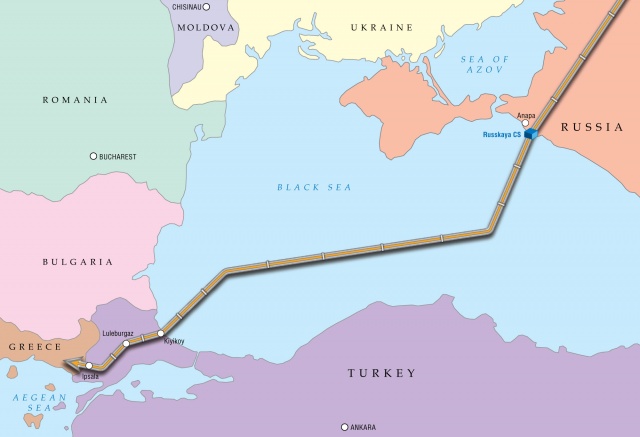 by Marika Karayianni*
by Marika Karayianni*



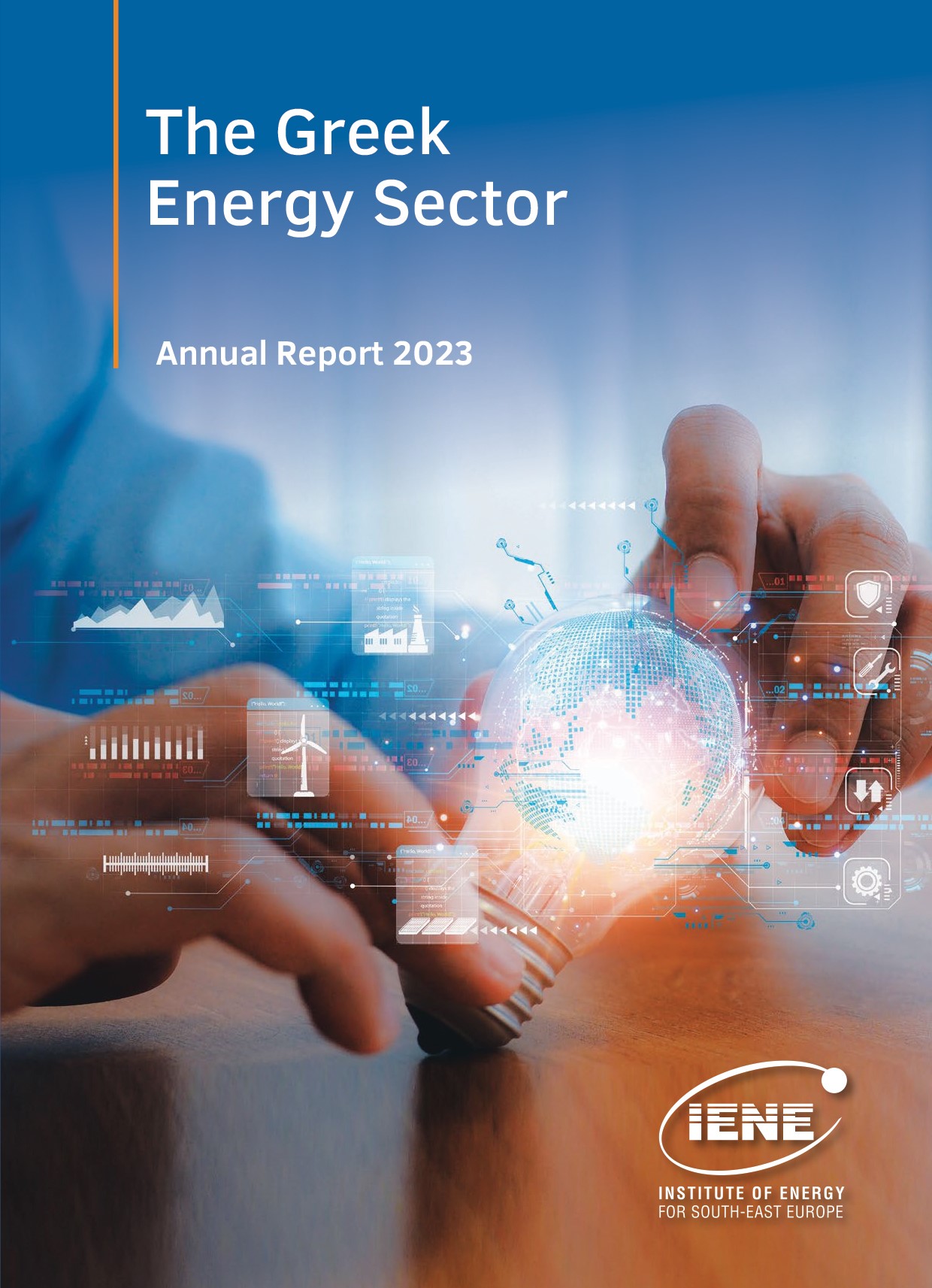

 More
More




